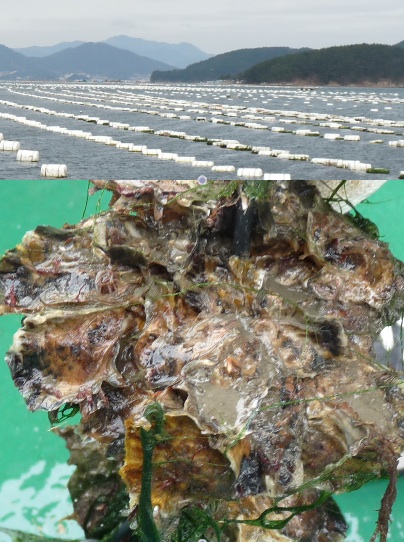TRIPLOIDES
Blockade of the triploid oysters reproduction : underlying mechanism and environmental impact - Convention CRBN 2013-PCM 04 Synergies Partenariale et Actions Novatrices
Currently in the oyster aquaculture, production of cupped oysters is represented in part by diploid oysters (about two thirds) and triploid oysters. If these animals present 3n chromosomes, it remains that they exhibit few or no physiological changes, except in reproduction.
Previous works performed in the laboratory have determined two reproductive categories of 3n oysters, a first part is undisturbed in its reproduction (3nα) and a second part shows a blockade (3nβ). Molecular differences between these two groups, have already been defined by the characterization of specific markers.
This program aims to understand the blockade of gametogenesis in 3nβ oysters and to compare them with 3na oysters. The primary objective is to determine if the reproductive blockade is genetically determined, ie if a 3nβ oyster during the first reproductive cycle will be also blocked in the next year. If this feature shows a genetic basis, it is necessary to determine whether it is influenced by environmental parameters (nutrient, temperature). A final objective is to determine the mechanisms responsible that drive the oyster to become α or β subsequently leading to, respectively, non-sterile or sterile animals.

